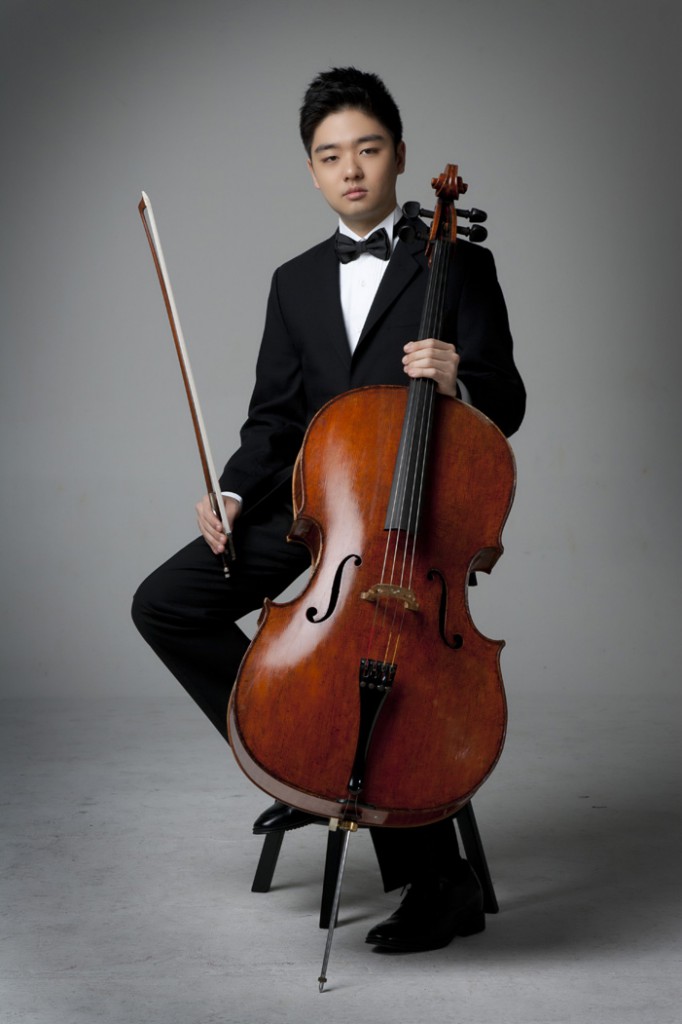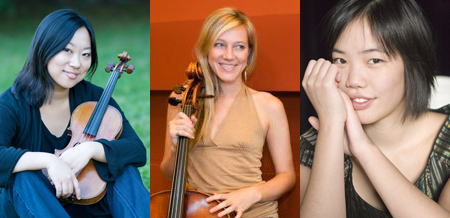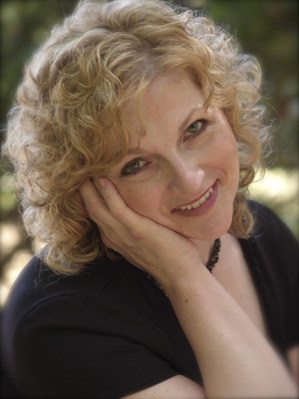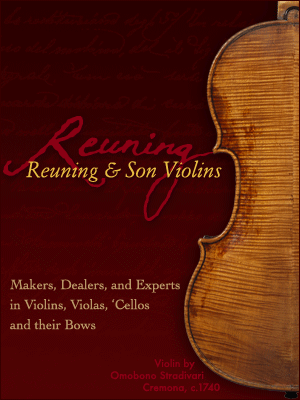In sponsoring this superb concert by The Catalyst String Quartet in the Conference Center of The American Bible Society’s New York headquarters, Musica da Camara continued its policy of presenting performances in non-traditional concert venues. Even though the room was fairly large, the fact that there was no stage and both audience and performers were on the same level made for a more intimate chamber music experience. All the members of the quartet are top Laureates and alumni of the Sphinx Competition, an annual competition for young black and Latino string players. That the Sphinx Organization thinks highly of these players is shown by the fact that their quartet is called “A Sphinx Ensemble.”
First we heard “Sturm,” a work by one of the quartet’s violinists, Jesse Montgomery. Written in 2006 for string quintet, it was arranged for quartet in 2008 and again revised for The Catalyst String Quartet in 2012. Very well constructed, this was a great opener. The beginning melody, especially its first three notes, served as the basis for much of the work’s melodic material. And I loved the strumming pizzicati which permeated the piece. The performers’ rhythmic energy, their polyphonic clarity and tight ensemble–playing were to continue throughout the evening.
With spoken comments, Ms. Montgomery then introduced Osvaldo Golijov’s “Tenebrae.” She demonstrated the sound of sul ponticello (bowing close to the violin’s bridge which creates a glassy sound and emphasizes the higher harmonics) and told us that the score instructs her to tune the violin’s G-string down a third. The use of sul ponticello added to otherworldly character of this work, and the lowered G-string darkened the sound of the quartet–tenebrae is the Latin word for shadow. The quartet gave us a beautifully wrought, lucid and committed performance of this most moving composition. Each player shone, both as collaborators in a like-thinking ensemble and as lyric “soloists.” Both violinists, Karla Donehew Perez and Jesse Montgomery, spun out luscious melodies on their violin’s lowest string; violist Christopher Jenkins played what sounded like Hebraic chants with soulful mournfulness; and cellist Karlos Rodriguez sailed around the cello’s high register with ease. (He would attain stratospheric heights in the concert’s second half.)
The last work on the first half was one that few in the audience have heard in its entirety, Samuel Barber’s String Quartet, Opus 11. But most people are familiar with the arrangement for string orchestra of the quartet’s second movement, the “Adagio for Strings.” Surrounding this beloved lyrical movement are two much more dissonant and rhythmically complex pieces which the quartet played with as much assurance and ease as they did the lyrical adagio. I was very impressed by the many string colors that the quartet created. (Most memorable were the passages in the first and second movements played with little or no vibrato.) In fact I was very impressed by every aspect of the quartet’s playing on the first half of this concert.
But I was awed by their performance of Alberto Ginastera’s fiendishly difficult String Quartet No.2, Opus 26! This work makes incredible technical demands, and the Catalyst players were up to all of them. One marveled at their perfect sense of ensemble during the unison passages and complex rhythms of the first movement. During the second movement, one luxuriated in the luscious tone of violist Christopher Jenkins. The mysterious sounds of the third movement, marked Presto magico, were flawlessly produced by using string techniques such as glissandi, harmonics, col legno (touching the strings with the wooden part of the bow) and the aforementioned sul ponticello. During the fourth movement cellist Karlos Rodriguez essayed his instrument’s highest notes with abandon. The concert was brought to a thrilling conclusion by the wild final movement, aptly marked furioso.
We were then treated to a delightful encore, the quartet’s arrangement of a children’s song from Puerto Rico, “El Coqui.” The audience left smiling.




